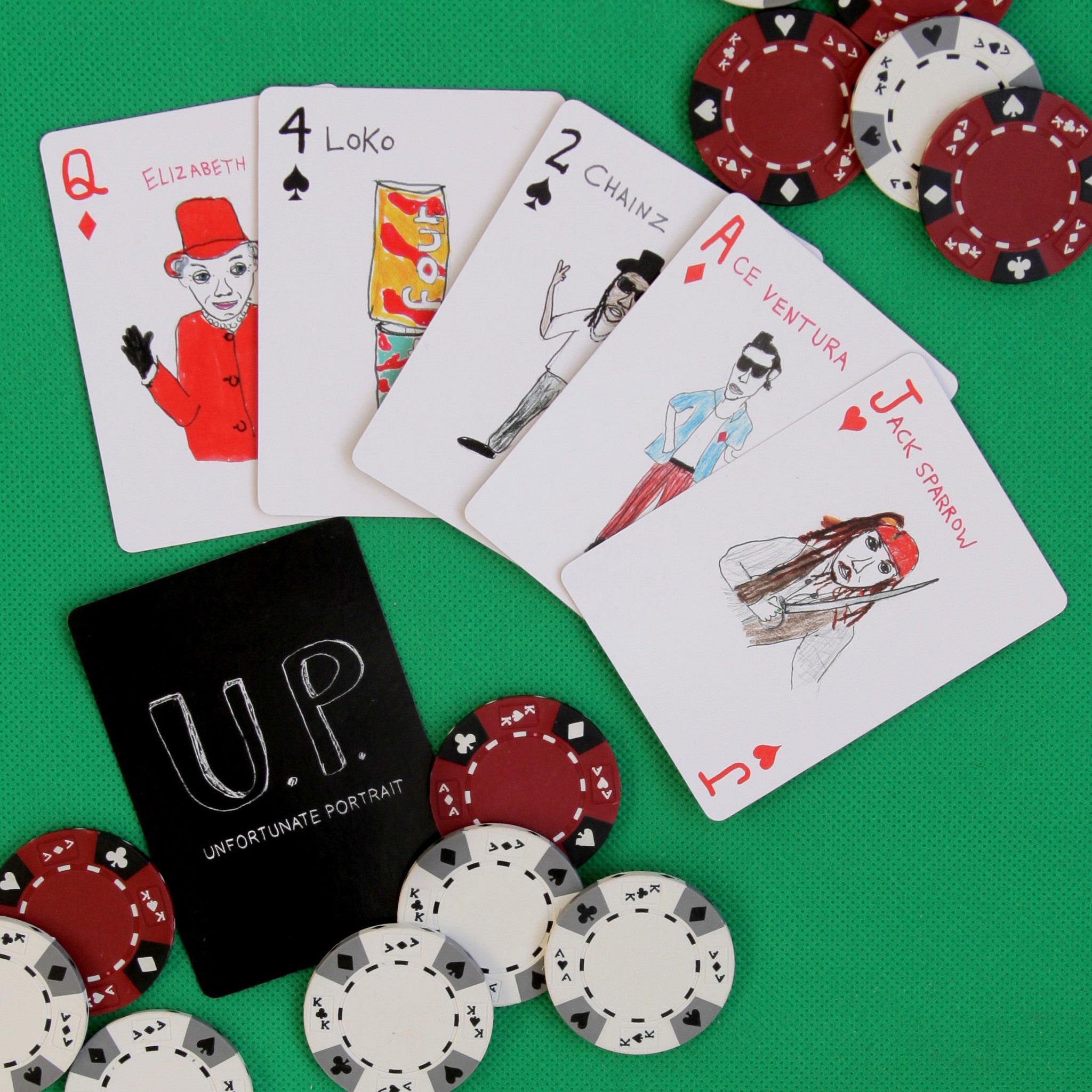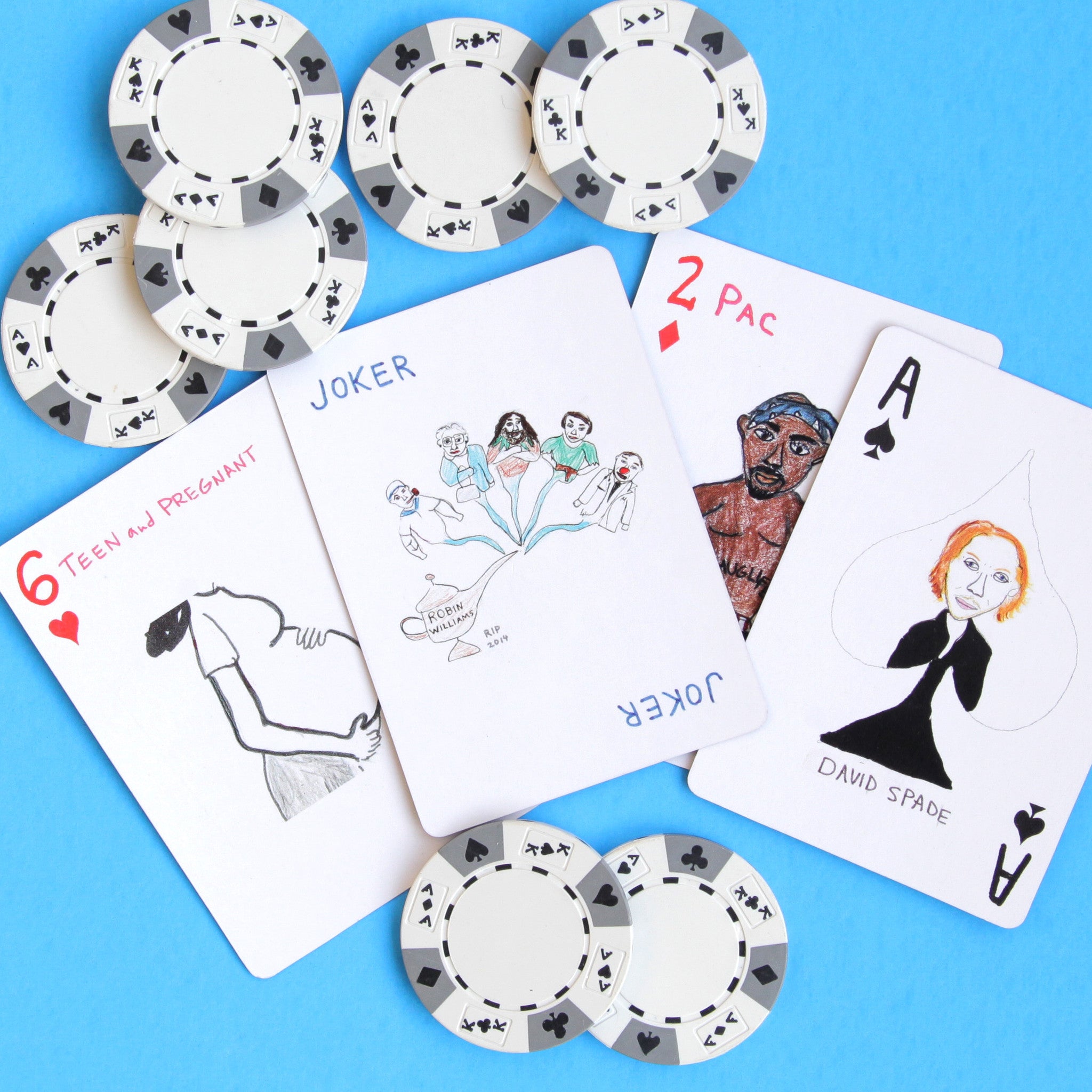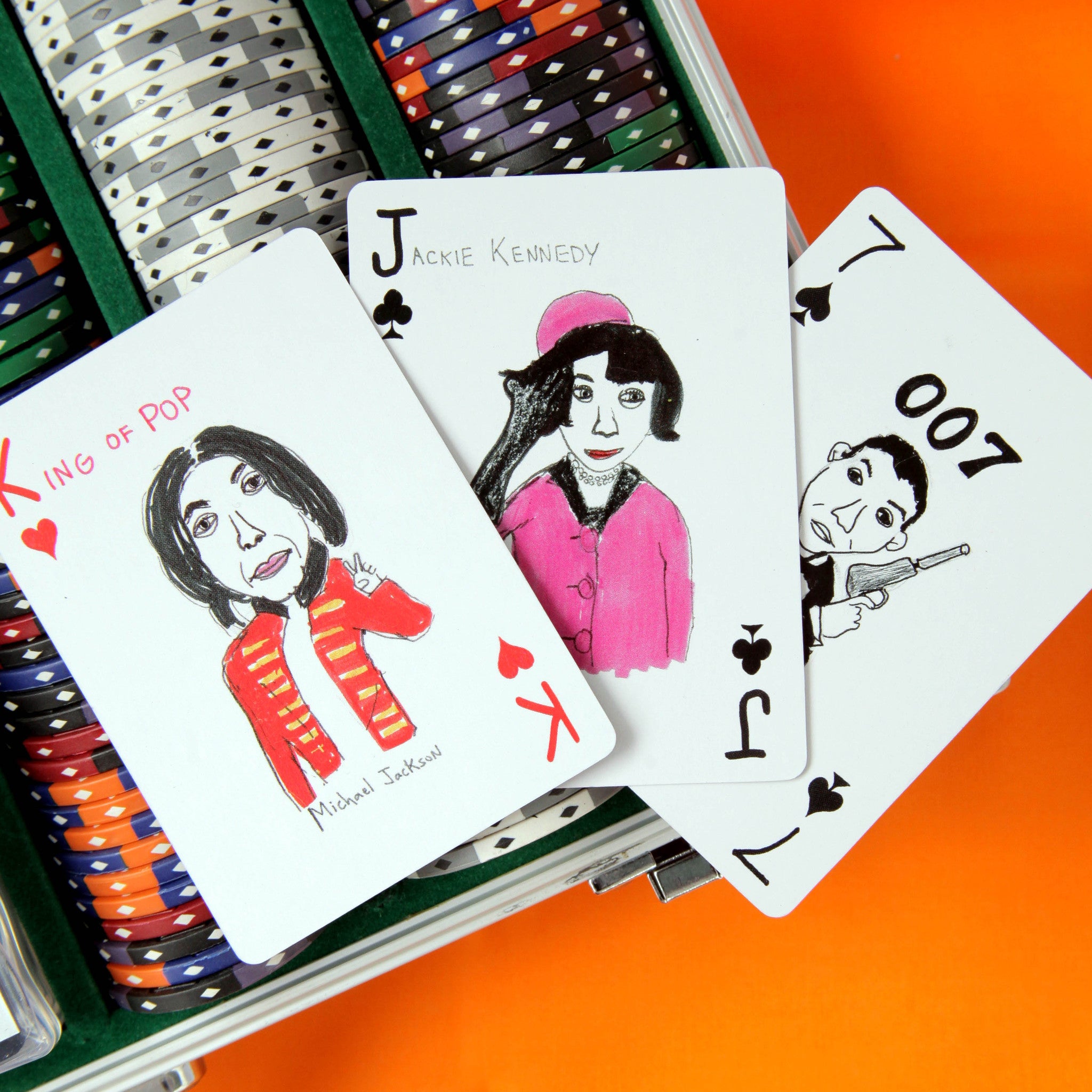Unfortunate portrait might sound like a contradiction at first, but it’s an art form that challenges our perception of beauty and imperfection. Imagine stepping into a gallery where paintings don’t depict perfection or idealism, but instead capture the raw, unfiltered essence of humanity. These portraits often tell stories of struggle, pain, and resilience, leaving viewers with a mix of emotions. They’re not just images; they’re conversations between the artist and the viewer, asking us to question what we consider beautiful or worthy.
When we talk about unfortunate portraits, we’re not just referring to art that’s technically flawed or aesthetically displeasing. Instead, these works challenge societal norms by presenting subjects in their most authentic form—warts and all. It’s about embracing imperfections and seeing beauty in places where others might overlook it. This art form forces us to confront our biases and rethink our definitions of beauty.
In this article, we’ll dive deep into the world of unfortunate portraits, exploring their history, significance, and impact on modern society. Whether you’re an art enthusiast or simply someone curious about how art reflects human emotions, this journey will leave you with a fresh perspective on what makes art truly impactful.
- Tembi Locke Nude The Truth Behind The Controversy
- Oriah Acima Andrews The Rising Star Redefining Music And Creativity
Table of Contents
- What is an Unfortunate Portrait?
- History of Unfortunate Portraits
- Why Unfortunate Portraits Matter
- Famous Unfortunate Portraits
- Techniques in Unfortunate Portraiture
- Psychological Impact of Unfortunate Portraits
- Modern Unfortunate Portraits
- Controversies Around Unfortunate Portraits
- How to Create Unfortunate Portraits
- Conclusion and Takeaways
What is an Unfortunate Portrait?
So, you’re probably wondering, what exactly makes a portrait "unfortunate"? Well, it’s not about the quality of the artwork or the skill of the artist. An unfortunate portrait is one that captures a moment, emotion, or characteristic that might be considered less than flattering—or even awkward—by traditional standards. But here’s the twist: these portraits often hold a deeper meaning, inviting viewers to see beyond surface-level imperfections.
Think of it like this: imagine a painting of someone mid-laugh, with their eyes squinted shut and cheeks flushed red. To some, it might look messy or unpolished. But to others, it’s a genuine expression of joy and authenticity. Unfortunate portraits celebrate these moments, reminding us that beauty isn’t always about symmetry or perfection.
Key Characteristics of Unfortunate Portraits
- Authenticity: These portraits aim to capture real-life moments without airbrushing or idealization.
- Emotional Depth: They often convey complex emotions like vulnerability, sadness, or even humor.
- Challenging Norms: Unfortunate portraits push against conventional beauty standards, encouraging viewers to broaden their perspectives.
History of Unfortunate Portraits
The concept of unfortunate portraits isn’t exactly new. In fact, artists throughout history have experimented with capturing imperfection in their work. From the raw, expressive brushstrokes of Vincent van Gogh to the distorted figures of Pablo Picasso, many legendary artists have embraced the idea that beauty lies in imperfection.
- Verrazano Bridge Accident Today The Latest Updates And What You Need To Know
- Lauren Bonner Onlyfans A Rising Star In The Digital Era
During the Renaissance, portraits were often commissioned by wealthy patrons who wanted to immortalize their wealth and status. However, not all artists followed the trend of creating idealized depictions. Some, like Caravaggio, opted for more realistic portrayals, showing the flaws and imperfections of their subjects. This approach wasn’t always appreciated at the time, but it laid the groundwork for future generations of artists who dared to challenge the status quo.
Evolution Over Time
As art movements evolved, so did the concept of unfortunate portraits. In the 20th century, movements like Expressionism and Surrealism pushed boundaries even further, emphasizing emotion and imagination over technical perfection. Today, with the rise of digital art and social media, the possibilities for creating and sharing unfortunate portraits are endless.
Why Unfortunate Portraits Matter
Let’s get real for a second. In a world obsessed with filters, photo editing apps, and airbrushed models, unfortunate portraits serve as a breath of fresh air. They remind us that beauty isn’t confined to a single standard—it’s diverse, messy, and unpredictable. By embracing imperfection, we open ourselves up to new ways of seeing and understanding the world around us.
Moreover, unfortunate portraits have the power to spark important conversations about identity, representation, and self-acceptance. They challenge viewers to question why certain traits or characteristics are deemed "unattractive" while others are celebrated. In doing so, they contribute to a more inclusive and compassionate society.
Famous Unfortunate Portraits
Throughout history, there have been countless examples of unfortunate portraits that have left a lasting impact on the art world. Here are a few notable ones:
- “The Potato Eaters” by Vincent van Gogh: This painting depicts a group of peasants gathered around a table, their faces illuminated by the flickering light of a lamp. While not traditionally beautiful, the raw emotion and authenticity of the piece make it one of van Gogh’s most celebrated works.
- “Les Demoiselles d’Avignon” by Pablo Picasso: This groundbreaking painting features distorted figures with angular, almost mask-like faces. At the time of its creation, it was considered shocking and controversial, but it paved the way for the Cubist movement.
- “The Scream” by Edvard Munch: Perhaps one of the most iconic examples of an unfortunate portrait, this painting captures a moment of intense emotional distress. Its haunting imagery continues to resonate with viewers around the world.
Lesser-Known Gems
Beyond the famous names, there are countless lesser-known artists creating incredible unfortunate portraits. From street artists using spray paint to capture the essence of urban life to photographers documenting everyday moments, these works often go unnoticed but are no less impactful.
Techniques in Unfortunate Portraiture
Creating an unfortunate portrait isn’t as simple as painting or photographing someone in a less-than-flattering light. It requires skill, intention, and a deep understanding of the subject. Here are a few techniques commonly used in this art form:
- Emotional Expression: Artists often focus on capturing the emotional state of their subject, whether it’s through exaggerated facial features or body language.
- Unconventional Angles: By using unusual camera angles or perspectives, artists can create portraits that challenge traditional notions of beauty.
- Texture and Detail: Incorporating textures and details that might be considered flaws in other contexts can add depth and character to a portrait.
Psychological Impact of Unfortunate Portraits
Art has the power to evoke strong emotions, and unfortunate portraits are no exception. Studies have shown that viewing art that challenges our preconceived notions can lead to increased empathy and self-awareness. When we see a portrait that defies traditional beauty standards, it forces us to confront our own biases and assumptions.
Furthermore, creating or engaging with unfortunate portraits can have therapeutic benefits. For artists, the process of capturing imperfection can be cathartic, allowing them to express emotions that might be difficult to put into words. For viewers, it can be a powerful reminder that perfection is overrated and that true beauty lies in authenticity.
Breaking Down Barriers
Unfortunate portraits also play a role in breaking down societal barriers. By showcasing diverse representations of beauty, they challenge the narrow definitions that have dominated the art world for centuries. This inclusivity not only benefits the art community but also contributes to a more accepting and understanding society as a whole.
Modern Unfortunate Portraits
In today’s digital age, the possibilities for creating and sharing unfortunate portraits are greater than ever. Social media platforms like Instagram and TikTok have become hotbeds for this art form, with artists using filters, effects, and editing tools to push the boundaries of traditional portraiture.
One notable trend is the rise of "selfie culture," where individuals use their own faces as canvases for artistic expression. While some might dismiss these images as vain or trivial, they often carry deeper meanings and messages about identity and self-acceptance.
Technology’s Role
Advancements in technology have also played a significant role in the evolution of unfortunate portraiture. From AI-generated art to virtual reality experiences, artists are constantly exploring new ways to create immersive and thought-provoking works. However, it’s important to remember that technology should enhance, not replace, the human element of art.
Controversies Around Unfortunate Portraits
Like any art form, unfortunate portraits aren’t without their controversies. Some critics argue that they perpetuate negative stereotypes or exploit the vulnerabilities of their subjects. Others believe that they challenge viewers to see beyond surface-level judgments and embrace a more nuanced understanding of beauty.
It’s worth noting that the perception of unfortunate portraits often depends on cultural and societal context. What might be seen as a powerful statement in one community could be viewed as offensive in another. As with any form of art, it’s important to approach these works with an open mind and a willingness to engage in meaningful dialogue.
Finding Balance
For artists, finding a balance between pushing boundaries and respecting their subjects can be a delicate task. It requires sensitivity, empathy, and a deep understanding of the impact their work might have on others. By approaching their craft with integrity and intention, artists can create works that inspire rather than alienate.
How to Create Unfortunate Portraits
If you’re inspired to try your hand at creating unfortunate portraits, here are a few tips to get you started:
- Start with Observation: Spend time studying your subject, paying attention to their unique features and expressions. Look for moments of authenticity that might not be immediately obvious.
- Experiment with Techniques: Don’t be afraid to try new methods and materials. Whether it’s using unconventional brushes or playing with lighting, there are countless ways to add depth and character to your portraits.
- Embrace Imperfection: Remember, the goal isn’t to create a technically perfect piece. Instead, focus on capturing the essence of your subject in all its messy, beautiful complexity.
Conclusion and Takeaways
In conclusion, unfortunate portraits are more than just images—they’re powerful tools for challenging societal norms and redefining what we consider beautiful. By embracing imperfection and authenticity, they invite us to see the world in a new light and to appreciate the diversity of human experience.
So, the next time you come across an unfortunate portrait, take a moment to really look at it. What story does it tell? What emotions does it evoke? And most importantly, how does it make you rethink your own perceptions of beauty?
If you enjoyed this article, don’t forget to share it with your friends and family. And if you’re feeling inspired, why not try creating your own unfortunate portrait? Who knows—you might just discover a new passion for art along the way!



Detail Author:
- Name : Mrs. Katarina Jacobs
- Username : bartoletti.richard
- Email : xrempel@hotmail.com
- Birthdate : 1992-11-07
- Address : 8380 Dach View Friesenport, IL 27255-5964
- Phone : 442.855.9773
- Company : Prosacco-Zemlak
- Job : Structural Metal Fabricator
- Bio : Ipsum sequi eveniet laboriosam et doloribus aut voluptatem. Occaecati voluptates atque dolorum et nihil.
Socials
linkedin:
- url : https://linkedin.com/in/hdeckow
- username : hdeckow
- bio : Error necessitatibus beatae voluptatibus sint.
- followers : 2864
- following : 2703
twitter:
- url : https://twitter.com/helga_dev
- username : helga_dev
- bio : Est explicabo accusantium sit dignissimos ullam. In autem quo qui ea eum expedita. Nemo dolores distinctio non in tenetur qui vel veniam.
- followers : 1488
- following : 1175
tiktok:
- url : https://tiktok.com/@deckowh
- username : deckowh
- bio : Aut in et earum dolores sit et alias dolor.
- followers : 1831
- following : 2519
instagram:
- url : https://instagram.com/helga2103
- username : helga2103
- bio : In rerum corporis in dolorem. Voluptas autem rerum aut. Quis earum non odio quisquam id.
- followers : 4422
- following : 1312
facebook:
- url : https://facebook.com/helga_deckow
- username : helga_deckow
- bio : Saepe doloremque vitae quod magni incidunt.
- followers : 711
- following : 2077